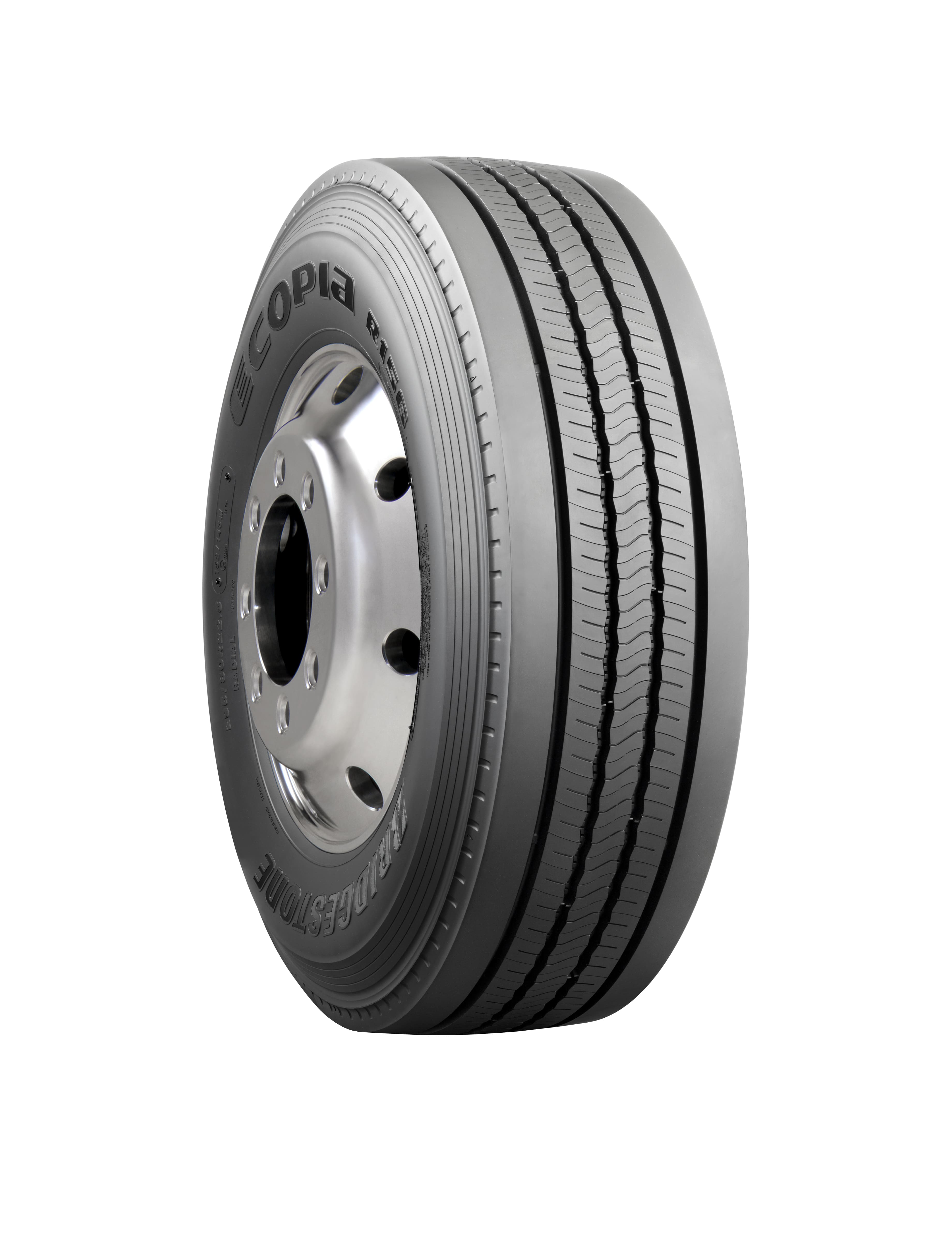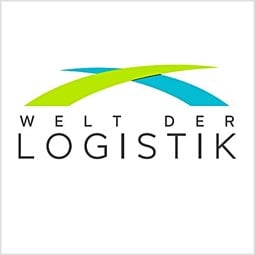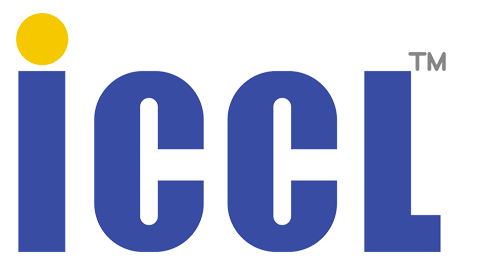An Insight to Tyres with Bridgestone
 About Bridgestone
About BridgestoneBridgestone Corporation, headquartered in Tokyo, is the world's largest manufacturer of tyres and other rubber products. While tyres contribute significantly to Bridgestone Group’s sales worldwide, Bridgestone also manufactures industrial rubber and chemical products, sporting goods, and other diversified products.
Bridgestone Tyre Sales (Malaysia) Sdn Bhd is an affiliate of Bridgestone Corporation. The company was set up in April 2000 with the aim of providing exceptional customer service and to introduce quality products for the benefit of Malaysian consumers. The company offers a wide range of tyres, tubes and flaps for passenger cars, 4X4s, light trucks, trucks & buses as well as industrial and agricultural vehicles and machinery.
To promote their products and services portfolio, they are also leveraging the tremendous platform provided by the Olympic Top Partnership status contracted with the International Olympic Committee until year 2024 (Bridgestone is the first and only Tyre and Rubber Company in the history of the TOP program so far).
Safety Features
Bridgestone’s tyres feature various safety technologies, new tyre compounds as well as functional tread pattern designs to deliver long durability and high levels of safety. Bridgestone’s tyre tread pattern also contributes to anti-hydroplaning performance, better handling and reduced noise.
1) Tyre technology – Run-flat Tyres
To improve the riding comfort and enhance safety, Bridgestone’s run-flat tyres technology helps to contribute to the realization of a safe and stable mobile society while reducing the overall environmental impact. Unlike conventional tyres which need to be changed or repaired immediately after a puncture, run-flat tyres can safely drive on for up to 50 miles (80 kilometers) at 50 mph (80 km/h). (Drivable distance under conditions based on ISO technical standard or specific vehicle tests.)
2) Material technology - NanoPro-Tech
Bridgestone Group creates new tyre materials and compounds using "NanoPro-Tech“to meet a wide range of tyre performances. Silica dispersion technology is a good example of NanoProTech. While silica can improve fuel efficiency and wet grip performance of tyres, its hydrophilic surface is not suitable to disperse well in hydrophobic rubber. Therefore silica dispersion is a main issue to get better performances of tyres. Bridgestone designed rubber molecules to bind well with silica particles to improve silica dispersion in rubber. With this technology, it facilitates maximum use of the benefits of silica while achieving tyre performance improvement in terms of wet grip performance, wear resistance and durability.
3) Tyre Sensor Technology - Tirematics for better fleet management
With Bridgestone's Tirematics™ for Yard Management, it is possible to interpret tyre information while on the road and in real-time, with a high degree of accuracy. The system utilizes sensor technology through an Internet of Things (IoT) based solution to support fleet management and enhance operational efficiency and safe mobility. When abnormal air pressure or temperature is detected, the system will inform the service manager and the driver via an alert. This enables the prevention of unexpected operational problems or major delays caused by tyre failures and gives drivers piece of mind. By monitoring tyre information remotely, it enables Bridgestone to positively impact their customers’ daily business operations by reducing tyre maintenance costs and the occurrences of tyre-related breakdowns.
Quality Control
Bridgestone tyres have made quite a name for themselves in the industry. This is linked to quality being a key element of Bridgestone’s proud heritage. Bridgestone has proven themselves through continous improvements throughout the entire value chain and in all products and services delivered. In order to deliver their brand promise through products, services, and quality, Bridgestone focused on end-users or customers’ requirements and expectations, with the aim of creating added-value through continuous innovation. In doing so, they successfully capitalized their portfolio by tailoring the relevant balance of performance-to-cost ratio in line with the various market segments.
Quality and performance of tyres within the same product brand are similar across each market and country. Bridgestone implemented global production standards to ensure consistency in the quality of their products and services. They established quality assurance activities workflows gradually over past few years in Japan, America, Europe and Asia-Pacific region. The successful standardization of the development process has been adopted by all development centres globally and has helped improve the development process for production technology.



























